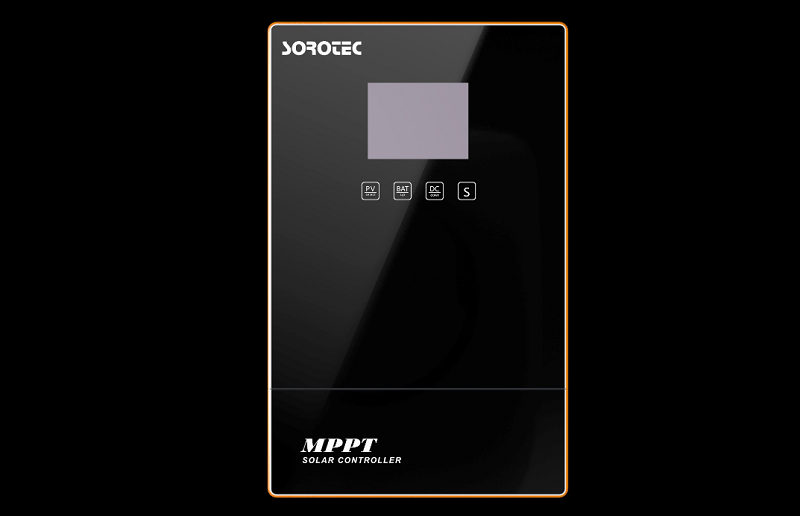The configuration and selection of the solar controller should be determined according to the various technical indicators of the entire system and with reference to the product sample manual provided by the inverter manufacturer. Generally, the following technical indicators should be considered:
1. System working voltage
Refers to the working voltage of the battery pack in the solar power generation system. This voltage is determined according to the working voltage of the DC load or the configuration of the AC inverter. Generally, there are 12V, 24V, 48V, 110V and 220V.
2. Rated input current and number of input channels of the solar controller
The rated input current of the solar controller depends on the input current of the solar cell component or the square array. The rated input current of the solar controller should be equal to or greater than the input current of the solar cell during modeling.
The number of input channels of the solar controller should be more than or equal to the design input channels of the solar cell array. Low-power controllers generally have only one solar cell array input. High-power solar controllers usually use multiple inputs. The maximum current of each input = rated input current/number of input channels. Therefore, the output current of each battery array should be Less than or equal to the maximum current value allowed for each channel of the solar controller.
3. Rated load current of the solar controller
That is, the DC output current that the solar controller outputs to the DC load or inverter, and the data must meet the input requirements of the load or inverter.
In addition to the above-mentioned main technical data to meet the design requirements, the use of environmental temperature, altitude, protection level and external dimensions and other parameters, as well as manufacturers and brands.
Post time: Nov-19-2021







